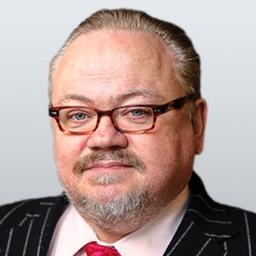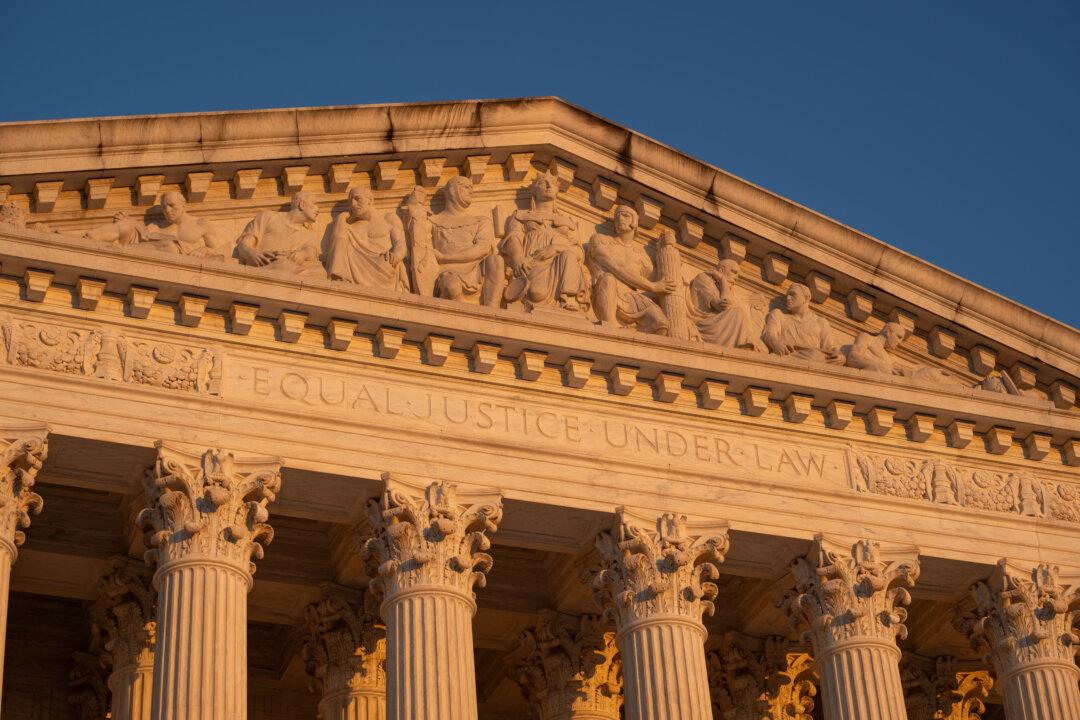Although conservatives remain the largest ideological grouping in the United States, the percentage of Americans identifying as liberals has been rising since the 1990s, according to polling company Gallup.
“In 2020, conservatives remain the largest and most important ideological voter bloc,” said Ian Walters, communications director for the American Conservative Union, which runs the annual Conservative Political Action Conference (CPAC).
“For as long as I can remember, conservatives have always been the largest bloc,” he told The Epoch Times.
The 37 percent figure for conservatives was up from 35 percent in 2018, while the 24 percent figure for liberals was down 2 points. Conservatives and moderates have been closely matched since 2015, after conservatives outnumbered moderates from 2009 to 2014. From 1992 to 1998, moderates generally had a slight edge, and from 1999 to 2008, the two groups were roughly even.
Liberal identification has slowly grown over the past 20 years, going from 16 percent in 1996 to 20 percent during George W. Bush’s presidency, 23 percent while Barack Obama was president, and 25 percent when Donald Trump was inaugurated, the report stated.
Despite that conservative plurality in ideology, Americans continued to lean more Democratic than Republican in their party preferences in 2019, Gallup reported. That year, 47 percent identified as Democrats or as Democratic-leaning independents, compared to the 42 percent who identified as Republicans or as Republican-leaning independents. Partisan leanings have been stable since 2016, when Trump was elected president.
With the organs of culture–the media, academia, and the entertainment world—to varying degrees working to advance the vision of the left, conservatives generally don’t feel like they are winning the battle of ideas, even if polling outfits such as Gallup say they are more numerous.
And measuring ideological inclinations among the public is problematic. Surveys assume that respondents attach similar meanings to the concepts of “conservative” and “liberal,” so what this Gallup survey actually means in the real world is a subject ripe for debate.
“Polls of this type are meaningless,” said Robert Weissberg, professor of political science emeritus, the University of Illinois at Urbana-Champaign.
“Very few Americans think using traditional ideological labels and even pundits almost never understand the terminology. Just try asking respondents to define ‘liberal,’” Weissberg told The Epoch Times.
“The purpose of such polling is to get quick media attention, promote the pollster’s brand. The bottom line is that most Americans take things issue-by-issue and become politically motivated only when an issue touches them directly.”
Conservative activist and scholar Tina Trent, a former candidate for District 26 of the Georgia General Assembly, told The Epoch Times that she questions the value of polling in today’s polarized political environment.
Because “conservatives are being driven out of public life,” they may not be forthright with pollsters, she said.
“I wonder how many people would feel comfortable telling their co-workers or fellow students or teachers that they are conservative and voted for Trump,” said Trent, a former academic who holds a doctorate in contemporary political and social movements from Emory University.
ACU’s Walters said the definition of “liberal” seems to have changed.
“‘Conservative,’ as it is defined has remained pretty consistent even in the era of Trump,” Walters said.
“The policies that he’s put in place, his efforts to unshackle the American economic engine, are regarded by conservatives to be conservative and have had outcomes like the low unemployment rate.”
But there seems to have been “a redefining of what it means to be a liberal in the Democratic Party: Look at the young Democrats who worship at the feet of ’the Squad,' who pine for Elizabeth Warren and Bernie Sanders’ socialist policies. They’re energized and they vote in primaries.”
“‘Liberal’ isn’t Joe Biden or Walter Mondale anymore; it’s far more extremist in nature,” Walters said.
Young people do seem to have been moving to the left.





